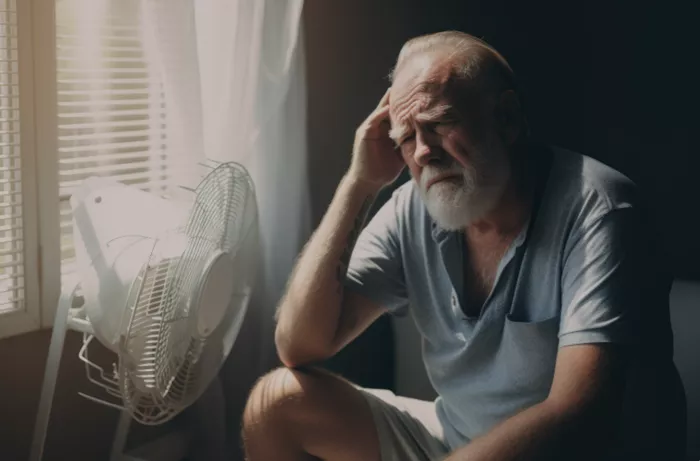A new study from the USC Leonard Davis School of Gerontology suggests that increased exposure to extreme heat may speed up biological aging in older adults, raising concerns about the potential long-term health impacts of climate change and heat waves.
According to Jennifer Ailshire, senior author of the study and a professor of gerontology and sociology at USC, residents in areas with frequent extreme heat exposure show more significant biological aging compared to those living in cooler climates. Biological age refers to how well the body functions at the molecular, cellular, and systemic levels, as opposed to chronological age. A biological age greater than one’s chronological age is linked to a higher risk of disease and mortality.
While heat has long been associated with negative health outcomes, such as higher mortality rates, its impact on biological aging has been less understood. To investigate this, Ailshire and coauthor Eunyoung Choi, a USC Leonard Davis PhD alumna and postdoctoral scholar, studied over 3,600 participants aged 56 and older from the Health and Retirement Study (HRS). Blood samples taken over six years were analyzed for epigenetic changes, which involve the activation or deactivation of genes through a process called DNA methylation.
The researchers used epigenetic clocks, which analyze these methylation patterns, to estimate participants’ biological ages. They then compared the changes in biological age with the heat index and the number of heat days reported by the National Weather Service from 2010 to 2016.
The National Weather Service classifies heat index values into three categories: “Caution” (80°F to 90°F), “Extreme Caution” (90°F to 103°F), and “Danger” (103°F to 124°F). Days within these categories were used to define “heat days” for the study.
The results showed a significant link between living in areas with more days of extreme heat and accelerated biological aging. Participants living in places like Phoenix, Arizona, where extreme heat days can account for half the year, experienced up to 14 months of additional biological aging compared to those in cooler regions with fewer than 10 heat days annually. This correlation persisted even after adjusting for factors such as socioeconomic status, lifestyle, and demographics.
The study utilized three different epigenetic clocks—PCPhenoAge, PCGrimAge, and DunedinPACE—which all revealed similar results. Notably, PCPhenoAge demonstrated that the biological aging process could be influenced by heat exposure over short periods, suggesting that epigenetic changes from heat may accumulate over time.
Older adults, Ailshire pointed out, are particularly vulnerable to the combined effects of heat and humidity, as they lose the body’s natural ability to cool itself through sweating. High humidity exacerbates this effect, making it even harder for older individuals to regulate their body temperature effectively.
Moving forward, the researchers plan to explore other factors that may increase vulnerability to heat-related biological aging and its connection to clinical outcomes. In the meantime, Ailshire emphasized the need for urban planning and policy changes to protect older populations. She advocates for heat mitigation strategies and age-friendly infrastructure, such as shaded bus stops, tree planting, and urban green spaces, to help combat the effects of rising temperatures.
“As the climate warms and the population ages, it’s crucial to implement smarter strategies to protect our most vulnerable,” Ailshire said.
Related topic:
Study Links Sleep Deprivation to Immune System Disruption and Disease Risk
AI Offers Promise in Early Diagnosis of Schizophrenia and Bipolar Disorder
Childhood Adversity’s Impact on Brain Development

